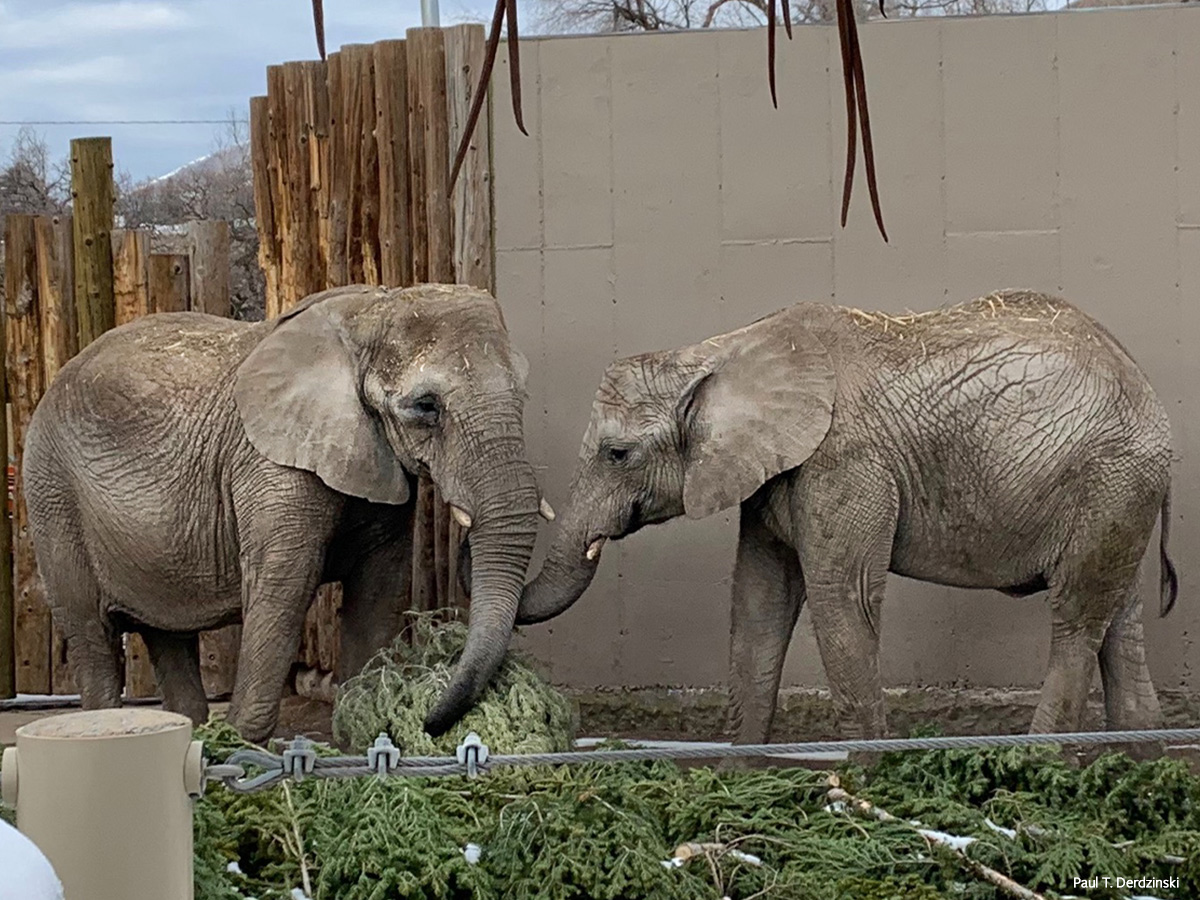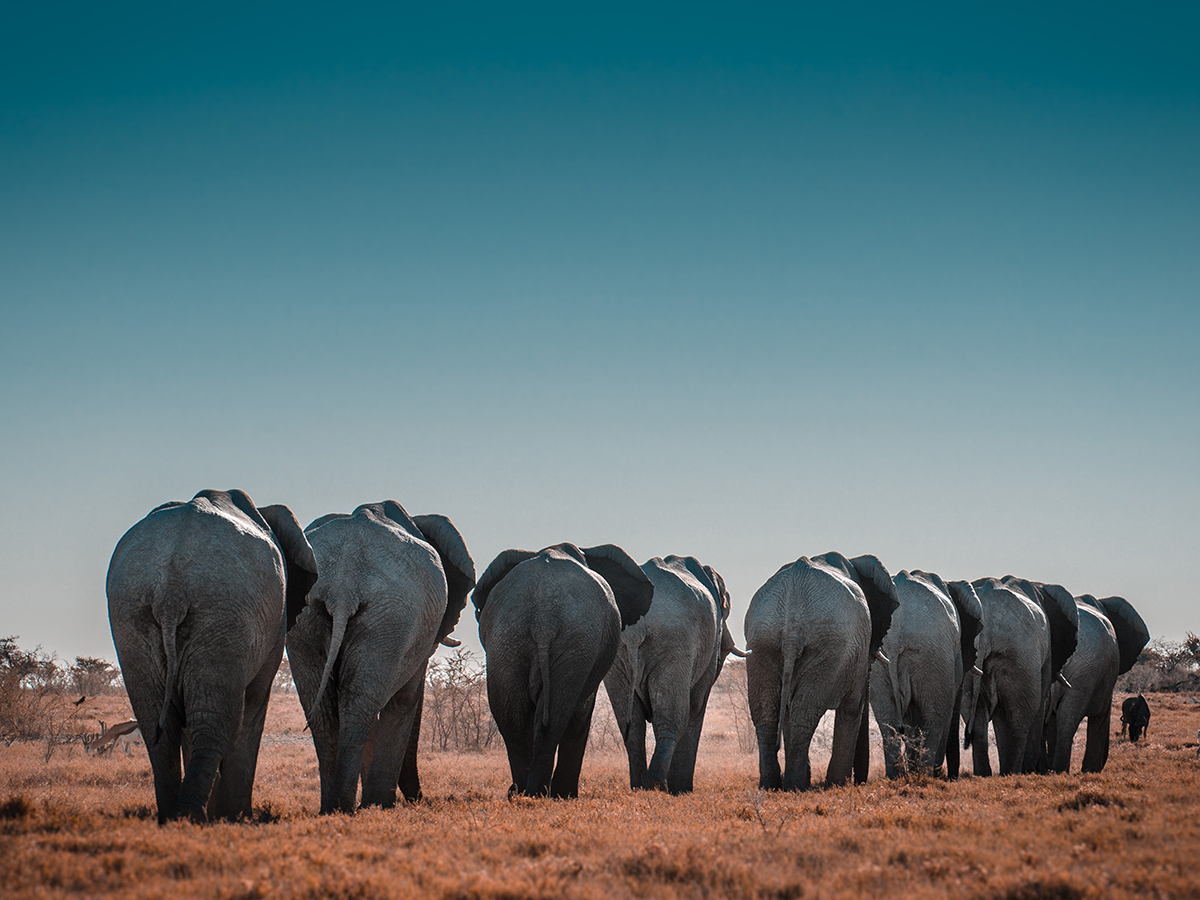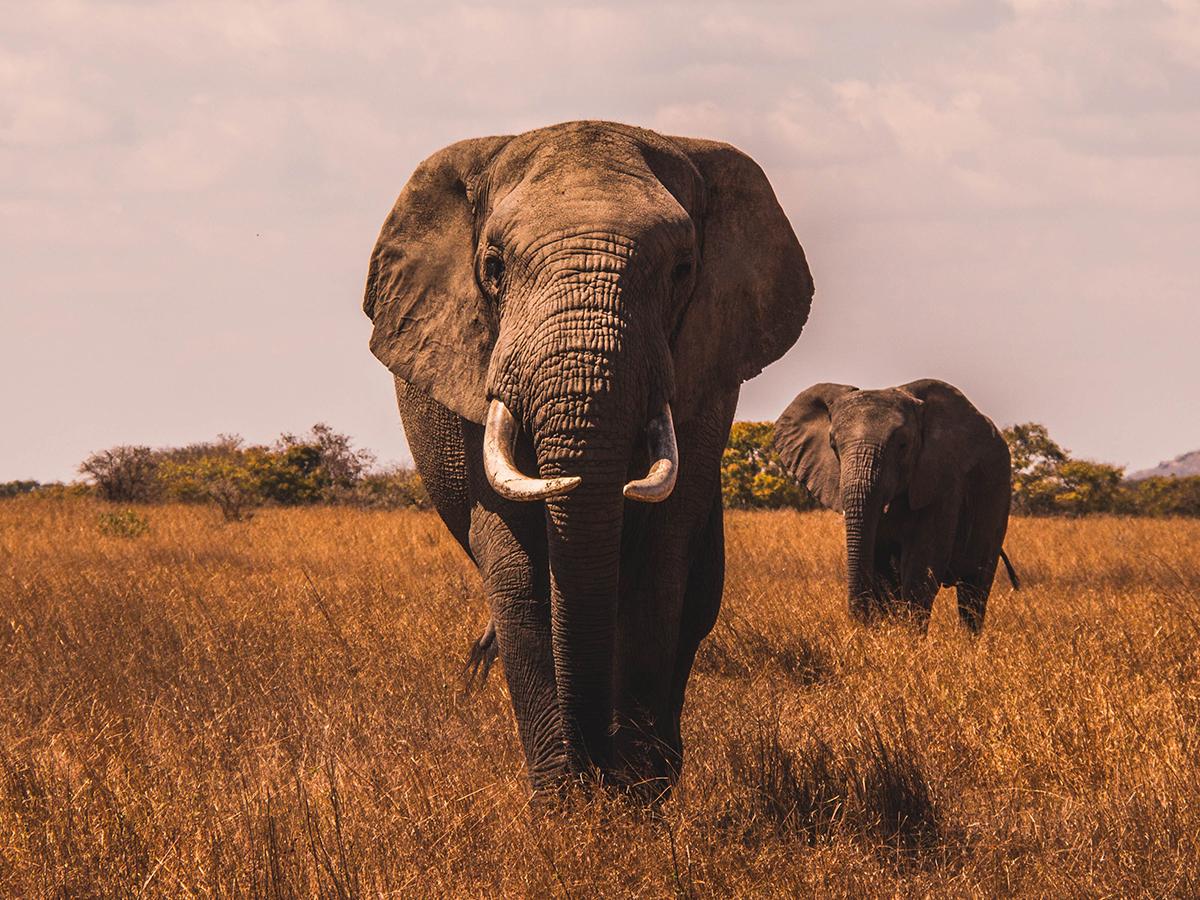What is the Species Survival Plan, and Why Is It Harmful for Elephants?
The Species Survival Plan® is a breeding program managed cooperatively by zoos and institutions that are members of the Association of Zoos and Aquariums (AZA). Launched in 1981, the program enables coordination between different zoos and aquariums to manage populations of captive animals and proliferate them in captivity. Species Survival Plans dictate the activities of individual zoos relating to breeding, including artificial insemination. There are nearly 500 active Species Survival Plans functioning around the world.
Species Survival Plans are managed by Taxon Advisory Groups, which coordinate the trading of living animals or their reproductive materials between facilities, and shares information about captive populations in order to maintain genetic diversity.
Captive elephants are a major focus of Species Survival Plans. Currently, there are hundreds of elephants being managed by these plans in zoos around the world. Contrary to how it sounds, however, Species Survival Plans do not do anything for wild elephants — and they end up hurting the elephants who are held captive. A more apt name would be Species Survival Within Zoos Plans.
What is the Goal of the Species Survival Plan?
The stated goal of the Species Survival Plan is to maintain populations of captive animals, including elephants, within AZA member facilities. Regarding elephants in particular, the reason the AZA and member zoos are so concerned with breeding elephants is because elephants are big money-makers for zoos, drawing in millions of visitors each year in the United States alone.
The biggest draws are the babies. Newborn and young elephants bring in even larger crowds than mature elephants, providing significant financial incentive for zoos to breed more and more elephants.
Species Survival Plans do not help boost wild elephant numbers. Instead, these plans misleadingly claim that zoos are the last options before extinction for some species, as factors like human development, poaching and anthropogenic climate change wreak havoc on habitats around the world.
However, this form of “conservation” fails to take into account the individual animals and what their experiences of lives spent in captivity are really like. Elephants cannot speak in human language to tell us the myriad ways their lives are negatively impacted by being on perpetual public display, so it is easy to discount or ignore their often blatant suffering. However, shortened lifespans, chronic illnesses and stereotypic behaviors all reveal how elephants really fare in captivity.

Hogle Zoo plans on using the Species Survival Program to bring another elephant to its exhibit.
Does the Species Survival Plan Help Elephants?
In a word, no — the Species Survival Plan does not help elephants. It might improve the genetic diversity of captive populations, but does nothing to boost wild population numbers or improve the survivability of elephants in the wild, and only boosts zoo revenues. Worse still, it harms individual elephants by forcing them into existence, destined for lifetimes in cages.
Breeding: Breeding elephants can be an invasive and traumatic experience for both males and females. The least invasive way to get elephants to breed is to place males and females together in the same enclosure, in the hopes that they will breed on their own. This often requires transfers of individuals between zoos, which is unethical for reasons explored below.
If elephants do not want to breed, they are put through artificial insemination (AI). To obtain male elephant sperm, elephants undergo either “manual rectal stimulation” or electro-stimulation. The sperm is then inserted into the female elephant.
None of this is done with the consent of elephants, and their legs are often chained down to prevent their escape.
Our 2019 10 Worst Zoos for Elephants list highlighted the plight of Mikki, an elephant at the Louisville Zoo who underwent at least six AI procedures in seven long years, all of which only produced one calf.
Transfers: Transferring elephants from zoo to zoo is very common and is done under the auspices of the Species Survival Plan. In 2019 alone, the San Diego Zoo Safari Park separated four young elephant brothers who were all between 9 and 10 years of age. Zoos regularly attempt to justify moves like these by pointing out that wild male elephants leave their families at about age 13 (which is older than the San Diego Zoo Safari Park elephants). However, in the wild, young males separate gradually from their families—they are not suddenly ripped away from them to be transported across the country, or even across continents. Intra-zoo transfers of female elephants have no wild counterpart whatsoever. Female elephants often stay with their families for their entire lives. Across the board, these transfers severely disrupt social structures.

Roger Williams Park Zoo has used AI on its elephants in accordance with the Species Survival Plan.
Why is Captivity Bad for Elephants?
Elephants tend to be more adversely impacted by captivity than many other animals — although no animal deserves a life in a cage. Below are a few reasons why elephants suffer in captivity, which cause chronic stress and manifest as illness, repetitive stress disorders, premature death and other conditions.
- Lack of Space: In the wild, elephants roam hundreds of miles each year — they are more often than not constantly on the move. By contrast, elephant exhibits are frequently no larger than an acre or two. Part of this is intentional. Since customers are paying to see elephants, the animals must be visible at all times. So elephant exhibits are kept small to keep them within viewing range, often without any ability to obtain privacy.
- Concrete Flooring: Imagine standing on concrete all day, every day. There’s a reason why foam shoe inserts and kitchen mats exist! Unfortunately, foot and leg ailments are among the leading causes of elephant deaths in captivity.
- Inadequate Social Situations: At the majority of zoos, it’s entirely impossible to maintain a healthy social situation for elephants. In the wild, elephant herds can range from 10 or more individuals, comprised of females (who are led by a matriarch) and youngsters, with males coming and going as they drift between herds. Very few zoos in North America have room for 10 elephants, or even five. Sadly, there are many elephants currently living lives of complete solitude, such as at the Bronx Zoo where elephants Happy and Patty live all alone.
Conclusion
Elephant Species Survival Programs are designed to benefit zoos, not the elephants they purport to help. Elephants suffer in zoos, while genetically-diverse captive elephant populations in North America do nothing to improve the lot of wild elephants. It’s time for zoos to stop repeating the misleading notions that Species Survival Plans represent and stop breeding captive elephants for good.
What You Can Do
- Visit our Elephant Action Center, to sign urgent alerts against elephant cruelty
- Learn more about elephant captivity in zoos and circuses
- Read our annual report on the 10 Worst Zoos for Elephants list
- Donate to In Defense of Animals, to help us continue our life-saving work


